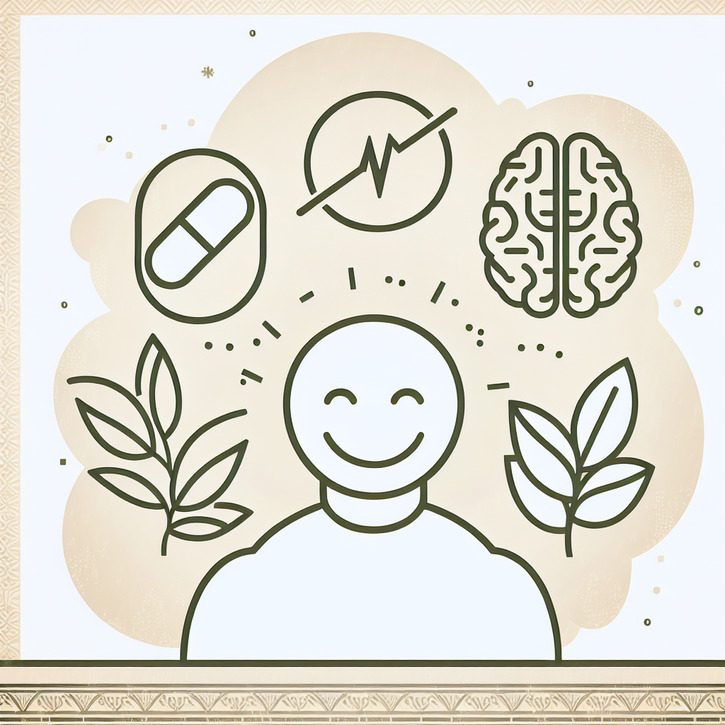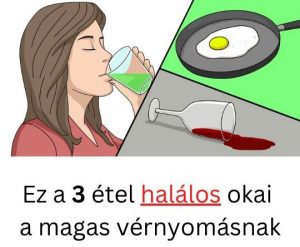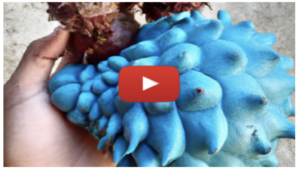The #1 Rated Blood Sugar Formula
Combining Therapies: A Look at Multimodal Idiopathic Intracranial Hypertension Treatment

Getting to Know Idiopathic Intracranial Hypertension Treatment
So, let’s dive in and break down what idiopathic intracranial hypertension (IIH) treatment is all about. Basically, IIH is when the pressure inside your head spikes for reasons we can’t quite pinpoint, leading to headaches, blurry vision, and in severe cases, even vision loss. Most treatment plans aim for a multi-angle attack on the problem, combining meds, lifestyle tweaks, and sometimes even surgery to bring that pressure down and tackle the causes behind it.
If you take a stroll down memory lane, you'll see that treating IIH isn’t a brand-new idea – it’s evolved a lot over time. In the early days, the focus was just on soothing the immediate symptoms, but that approach wasn’t enough in the long haul. Today, experts know that using a mix of therapies works best, addressing symptoms and the underlying issues alike. With sharper diagnostic tools and a better grip on the condition, treatment strategies have shifted toward balancing immediate relief with long-term care. It’s this shift that’s paved the way for the new, innovative treatments you hear about today.
Medications and Other Drug-Based Options
When it comes to managing IIH, medications often take center stage as the go-to starting point. Doctors typically kick things off with diuretics — drugs like acetazolamide that help reduce cerebrospinal fluid production and, in turn, ease the pressure in your skull. The key here is personalization: dosages and potential side effects are carefully monitored to make sure the benefits outweigh any downsides. This stage isn’t just about quick fixes; it sets the stage for further, more comprehensive treatment down the line.
On top of the classic options, there's been a surge in new drug therapies that aim to fine-tune pressure regulation. While diuretics remain popular, some clinicians are branching out to try medications that work on different aspects of the condition. Even though research is still in full swing, early results are pretty encouraging – these new agents might lower side effects while still keeping symptoms in check. It’s an exciting time where ongoing innovation is driving personalized treatment forward.
Surgical Solutions for Tough Cases
Sometimes, medications and lifestyle changes just don’t cut it, especially when vision loss or torturous headaches refuse to relent. That’s when surgery steps into the picture. One common surgical route is installing a shunt, which reroutes cerebrospinal fluid away from the brain to relieve pressure. Naturally, this isn’t a one-size-fits-all fix; the decision to go under the knife depends heavily on how severe the symptoms are and how well a patient is doing overall. It’s all about weighing the pros and cons to make sure the surgery fits the patient’s long-term health plan.
Moreover, surgical techniques have come a long way. While shunt procedures are still the backbone of surgical care for IIH, newer, less invasive techniques have popped up, which often mean a quicker recovery and fewer post-op issues. With better imaging and real-time monitoring during surgeries, doctors now have a much sharper view of what’s happening, ensuring every detail gets addressed. The field is increasingly leaning toward a precision-based model where every patient’s unique needs are at the forefront.
How Lifestyle and Behavior Fit In
Beyond pills and procedures, lifestyle choices play a major role in managing IIH. For starters, nutrition and maintaining a healthy weight can make a big difference since extra pounds have been tied to a higher risk for IIH. Many healthcare pros encourage sticking to a balanced diet – think fresh fruits, veggies, and lean proteins – alongside regular exercise to keep inflammation down and the overall pressure in check. This isn’t just about a temporary fix; it’s about empowering patients to take charge of their own health.
Adding regular physical activity to the mix can really help, too. Whether it’s targeted physical therapy to boost core strength and improve posture or simple routines to keep the body moving, these strategies can lessen the headache of symptoms. Techniques like mindfulness, meditation, and better sleep habits often go hand in hand with these physical choices, creating a more rounded approach to well-being. When these behavioral tweaks join forces with conventional treatment, patients tend to notice a real improvement in their daily lives.
Mixing It All Together: Combined Modalities
One of the hottest trends in battling IIH is combining different types of treatments. The idea is simple – no single treatment can tackle every aspect of IIH, so why not use a bit of everything? By pairing meds with lifestyle changes, physical therapies, and, when necessary, surgical options, doctors can offer a more comprehensive defense against the condition. This blended approach not only targets the symptoms but also digs into the potential root causes, offering a more lasting solution.
It all starts with a thorough look at what a patient is experiencing day-to-day. Physicians often begin with medications to quickly bring down pressure, then gradually weave in supportive measures like diet counseling and exercise routines. This step-by-step strategy isn’t just about treating the condition – it’s also about making the patient an active participant in their health journey. And when patients feel involved, the overall outcome tends to be much more satisfying.
Keeping the Patient at the Heart of Treatment
There’s no one-size-fits-all cure for IIH, which is why tailoring the treatment to fit each patient is so crucial. A patient-centered approach means that doctors, patients, and their families work closely together, taking into account the patient’s overall health history, lifestyle, and personal goals. It’s more than just managing physical symptoms – it’s about easing the emotional and psychological load that comes with living with a chronic condition. Open chats and shared decision-making are at the core of this model, creating a more rewarding treatment experience.
And the care doesn’t stop once the initial treatment is underway. Regular check-ups and flexible adjustments ensure that any changes in the patient’s condition are quickly addressed. Whether that means tweaking the medication, ramping up lifestyle changes, or doing additional tests, staying on top of things is key. With a focus on personalized care and long-term support, patients can be sure that their journey is backed by a team that’s as invested in their success as they are.
What the Future Holds for IIH Treatment
Looking ahead, the future of IIH treatment is brimming with potential. Researchers and clinicians are busy exploring exciting new therapies—from cutting-edge drugs to advanced surgical techniques and even non-invasive monitoring tools—that could shake things up in a big way. With ongoing studies and closer collaboration across disciplines, IIH care is steadily moving toward a more exact, personalized treatment era. The goal is clear: higher treatment efficacy, fewer side effects, and better patient outcomes across the board.
Tech innovations are also playing a major role. High-definition imaging, real-time pressure tracking systems, and wearable health devices are all starting to make a difference in how doctors diagnose and manage the condition. These tools not only help in fine-tuning treatment plans but also let patients keep a closer eye on their condition from home. As more healthcare policies embrace these advancements, the hope is that everyone dealing with IIH will have access to the very best that modern medicine has to offer.
These developments don’t just change individual lives—they’re influencing the bigger picture, too. As new treatments prove themselves in the clinic, there’s a growing push for healthcare policies to adapt and support these innovations. More research funding, better patient education, and improved care delivery systems are all part of building a future where IIH management is smart, effective, and attainable for everyone.
Wrapping It Up: The Changing Face of IIH Treatment
To sum it all up, the way we treat idiopathic intracranial hypertension has come a long way from its early days. The move from simple, one-track treatments to a mix of medications, surgery, and lifestyle adjustments reflects a deeper understanding of this complex condition. This multi-pronged approach does more than just dampen immediate symptoms—it’s about boosting long-term quality of life. It’s a testament to how far we’ve come and a nod to the ongoing dedication of the medical community.
For those dealing with IIH, and for their families, there’s plenty of hope on the horizon. With new research, evolving therapies, and a commitment to individualized care, the future of IIH treatment is looking brighter than ever. Whether through innovative medications, refined surgical techniques, or a strong emphasis on holistic health changes, every step forward brings us closer to effectively managing this challenging condition. It all comes down to a collaborative effort, continuous learning, and a focus on personalized care that truly makes a difference.

Maja Kowalczyk is a health enthusiast and has been interested in healthy and natural methods of regulating blood pressure for many years.










